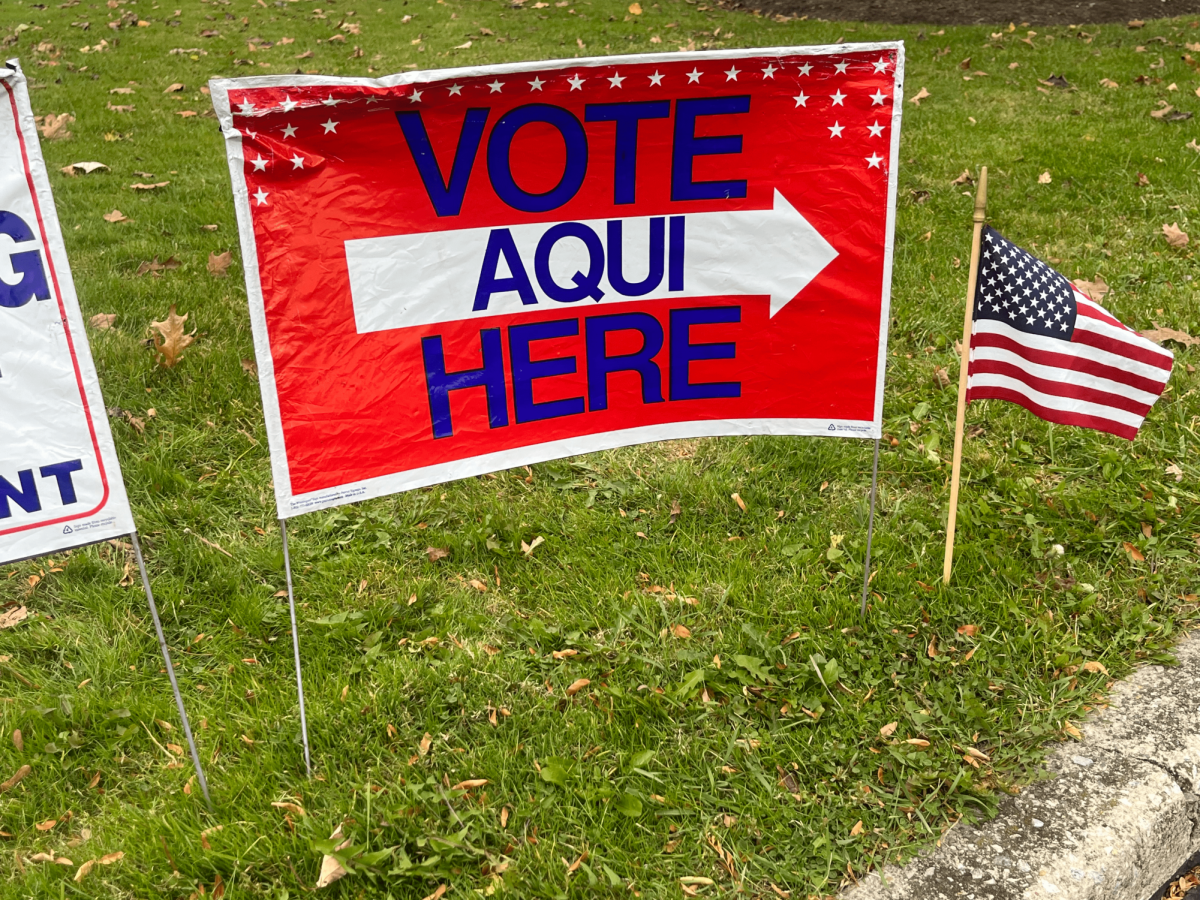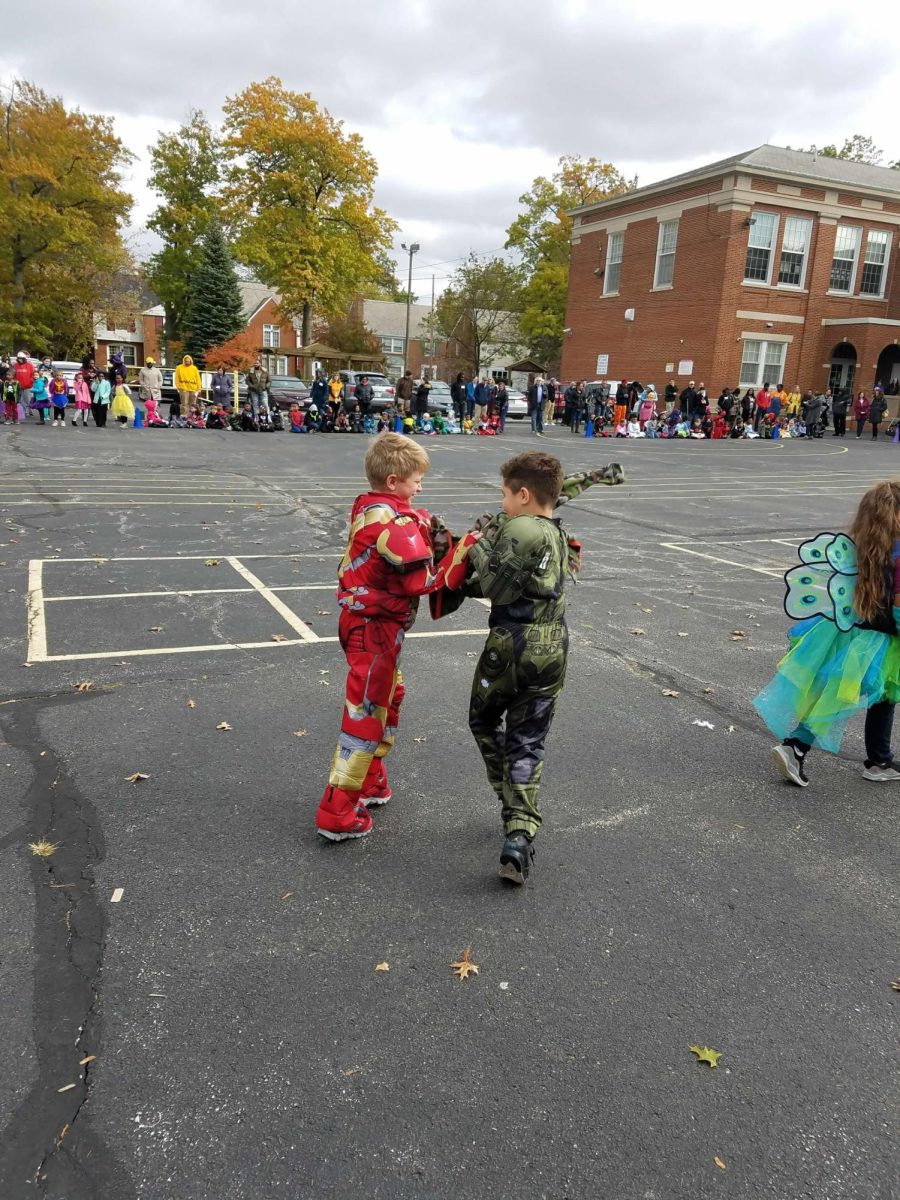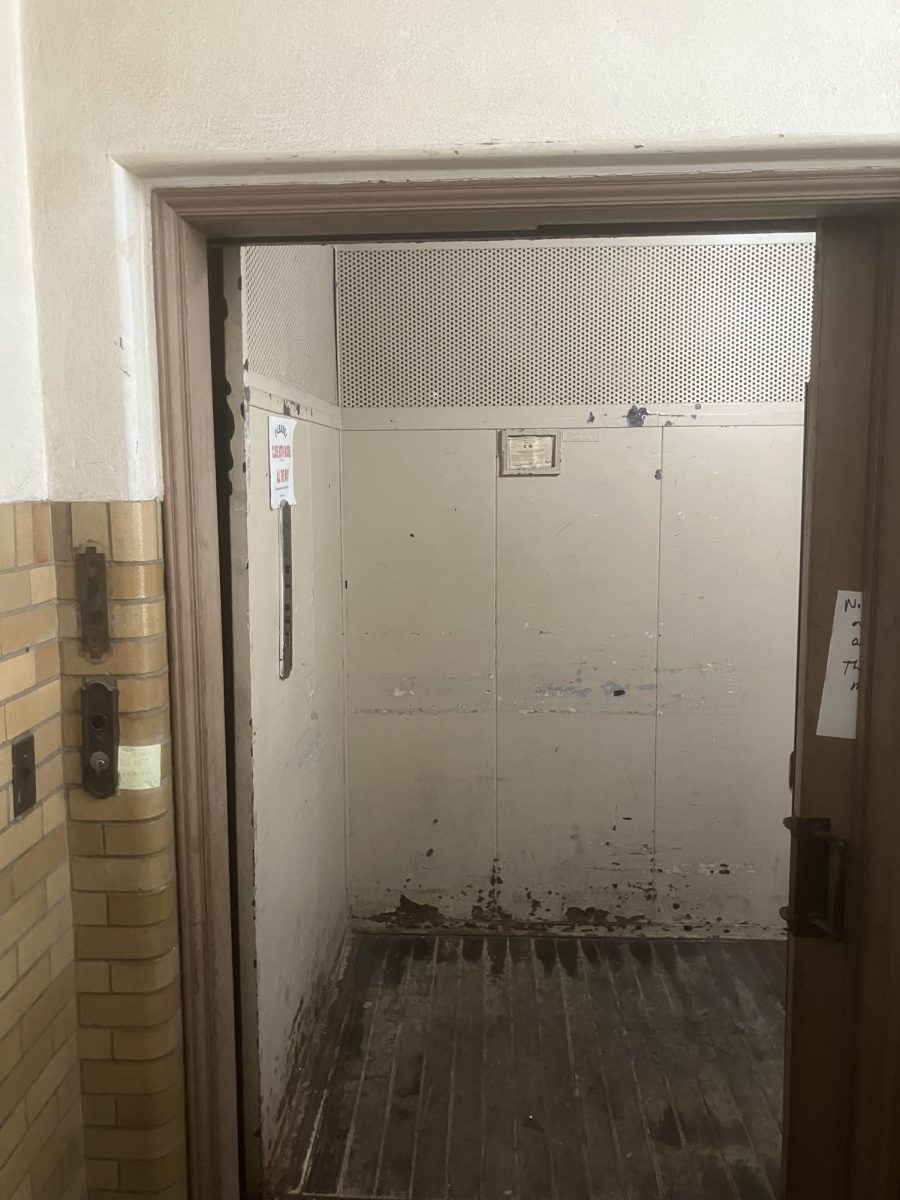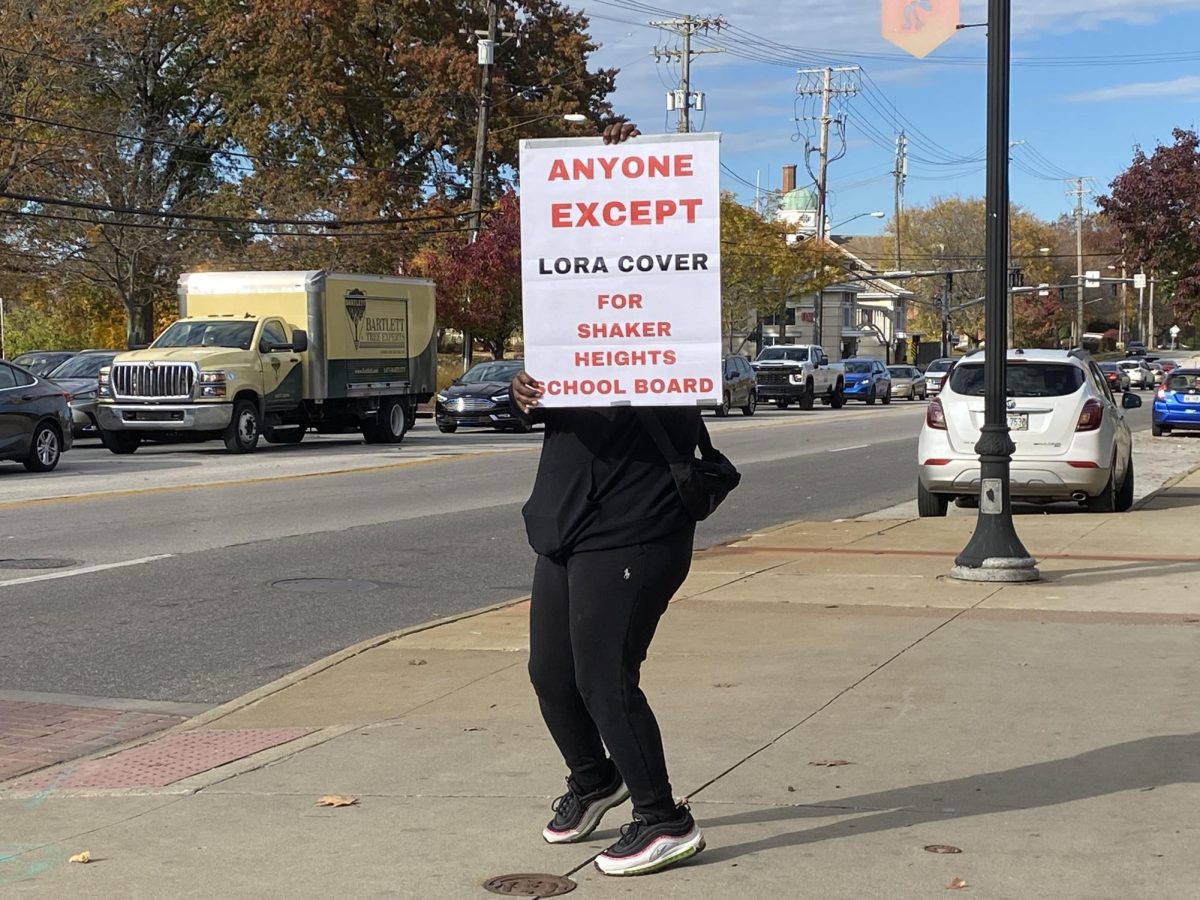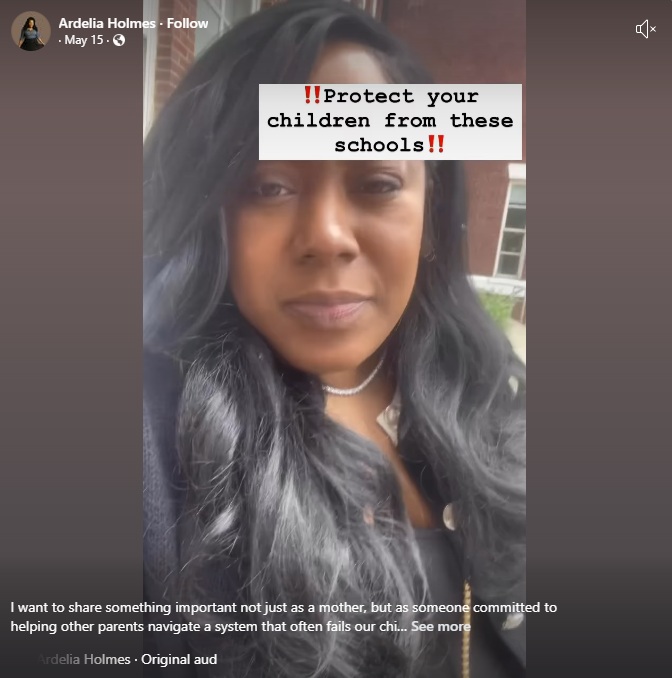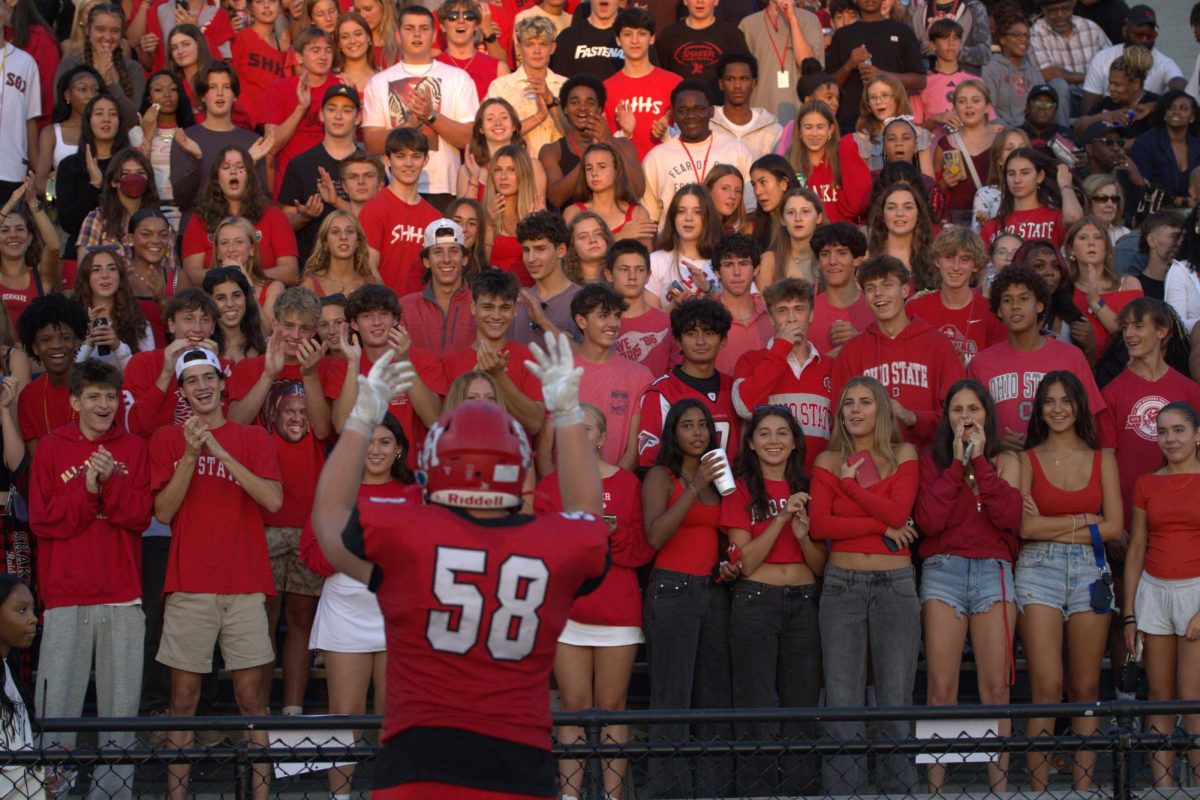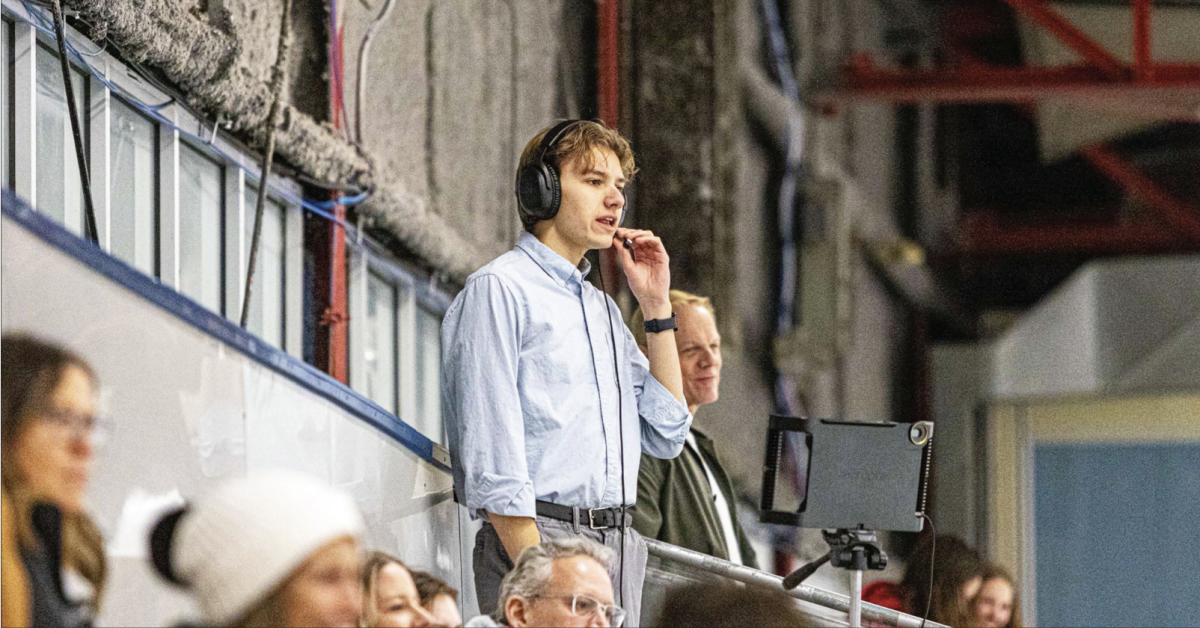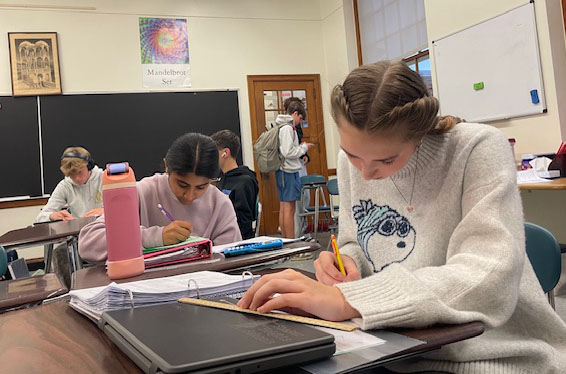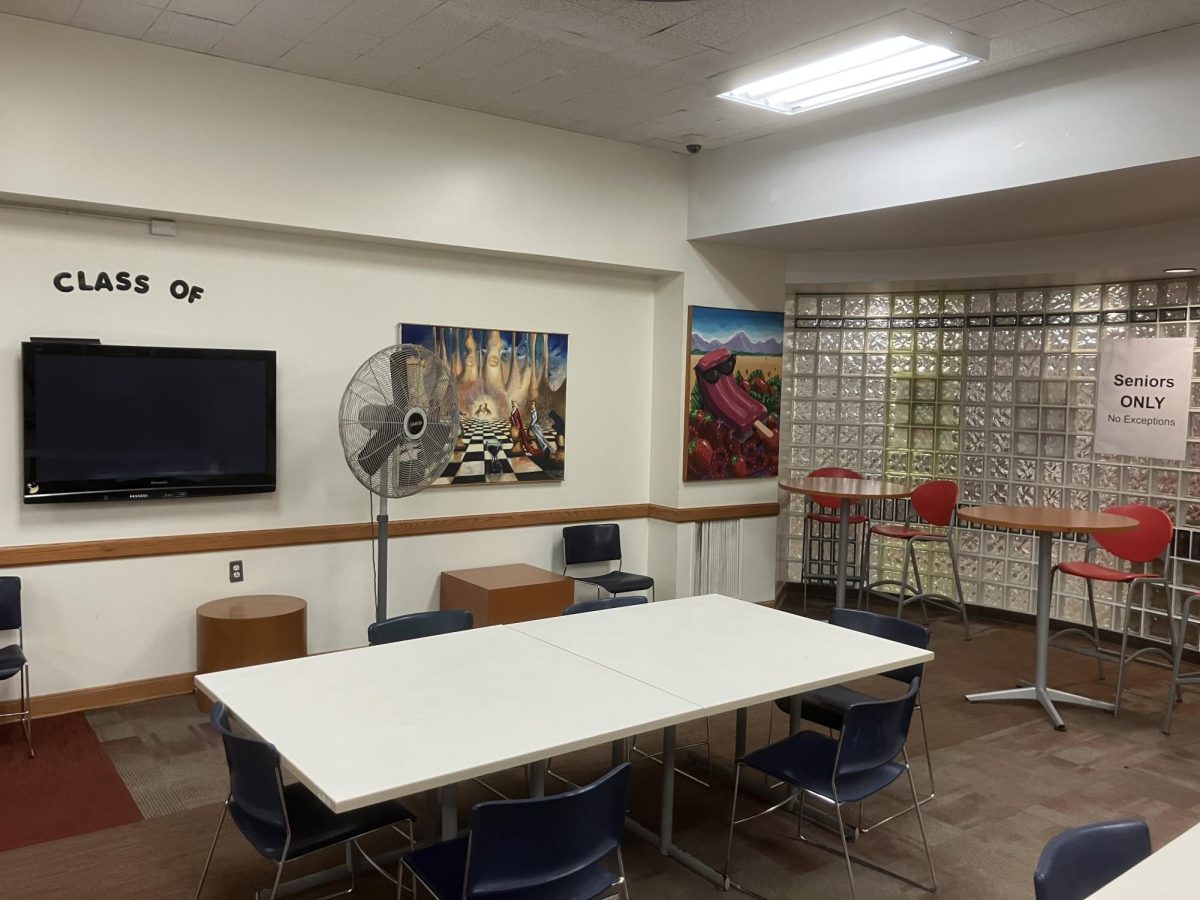Editor’s note: This story is the first of two stories about Issue 51. Read the second story, focusing on Issue 51 opposition, here.
Like many public school districts across Ohio, the Shaker Heights City School District is facing challenging times — uncertainty from the government, rising inflation and higher operating costs.
The district has placed a 9.9 mill operating levy on the November ballot. The district hasn’t asked for a full operating levy since 2014. This operating levy would pay for staff, day-to-day operations and activities.
According to Stand Up For Shaker Schools, a campaign that has been organized to inform the community about the levy, the measure would “fund staff salaries, classroom materials, programming, utilities and transportation.”
Caitlin Johnson, a co-chairwoman of the Stand Up For Shaker Schools committee, said that the levy is “to maintain what the district has already budgeted for.”
The district is asking for this levy because the money that the district is projected to spend will eventually be more than the money it receives. According to the district’s Five Year Forecast, “By the end of 2029, the cash balance is projected to decline by a total of $44,742,273 compared to 2024. For fiscal year 2029, expenditures are currently projected to exceed revenue, resulting in a revenue shortfall the final year of the forecast period.”
Stand Up For Shaker Schools said this 9.9 mill levy will cost someone who owns a $100,000 property about $29 per month.
The April 7 Board of Education meeting summary states that “Waiting beyond November 2025 would significantly increase the risk of fiscal instability,” and if action is not taken, “The district could face state oversight of loss of local control due to fiscal caution or emergency status.”
Ohio school districts such as SHCSD rely heavily on property taxes, whereas districts in rural, lower-income communities rely heavily on state funding. Property taxes constitute about 70 percent of SHCSD revenue. Due to the city’s lack of commercial property, the majority of these taxes fall on residents. Thanks to House Bill 920, state law since 1976, property tax revenue is frozen so it doesn’t increase with inflation. It was introduced to stabilize property tax revenues during a time when property values were increasing. According to the Ohio Education Policy Institute, HB 920 is also the main reason that Ohio relies on local levies more than any other state.
However, this also means that no matter how much the value of a property increases over time, the tax dollar amount the school receives remains the same.
Meanwhile, the cost of everything — employee salaries, insurance, textbooks, Chromebooks, fuel — has increased over that 11-year period, but the district’s revenue has not. Stand Up For Shaker Schools states the district’s property tax revenue has only increased about 1.2 percent during that time.
“Shaker was able to stretch in between operating levies for 11 years because we got a big influx of federal aid during Covid. We also lived through a period of very low inflation. Now, federal funding has run out, and inflation is really high, so if you want to have your revenue keep pace with inflation, and expenses in the cost of living, and the cost of running a school, you have to go to voters,” Johnson said.
Some community members have spoken out against the levy due to the financial stress they’re facing. Other vocal critics in community Facebook groups have expressed concerns about how the district spends tax revenue.
According to shaker.org, the levy is designed to help the district maintain a sustainable budget for a future that will include less federal education funding. The Trump administration has made it clear they want to defund public schools. According to the Center for American Progress, “The Trump administration has rescinded or frozen more than $10 billion in support for K-12 education.”
About 30 to 35 percent of Shaker’s budget comes from state and federal funds. One of President Donald Trump’s first items of business was to begin dismantling the Department of Education. If approved, the proposed 15 percent budget cut would reduce about $760,951 from the district’s budget, and around $12 billion nationwide.
“We have state politicians and people in the state house who just do not want to fund public schools. So it’s up to us in the community to fund them. In Shaker we’ve always come together and we’ve done it,” Johnson said.
This 9.9 mill operating levy is on the ballot two years after voters approved another district tax request. In 2023, the district placed a 6.45 mill bond issue on the ballot, and it passed. That bond, as well as a $30 million bond voters approved in 2017, pay for major construction projects such as the long-term facilities master plan. That plan, currently underway, includes renovating all elementary schools and transforming Woodbury Intermediate School into a new middle school. Bond funds cannot be used to pay for operating costs. Operating levies, such as Issue 51, on the other hand, fund day-to-day expenses including salaries, utilities and educational materials. The district has not gone to voters with an operating levy request since May 2014, when 62.5 percent of voters approved it.
So what happens if the levy doesn’t pass? The district will have to find other ways to cut costs such as layoffs, bigger classes, fewer extracurricular activities and fewer course offerings.
Some cuts have already been implemented. Last year, the district cut three of its five English Language Learner positions. The Theatre Arts Department was absorbed into the “Performing Arts Department.” There is no art teacher for Lomond, and Ludlow does not currently have a nurse on campus.
The district has stated that it aims to make reductions that will be as least disruptive as possible to students and staff. In a March 19 email and video message sent to the community, Dr. David Glasner, superintendent, said that the district was looking at strategies that would, he hoped, avoid layoffs. “Our priority has been to make staffing changes as far away from the classroom as possible,” he said.
Early Voting begins Oct.7. The General Election in-person voting takes place Nov. 4 from 6:30 a.m. to 7:30 p.m. Voters can find their polling location on the Ohio Board of Elections’ website.
This story appears on page 5 of the Sept. 26, 2025 print edition.
This story has been revised to correct information about sixth-grade Latin instruction at the middle school.

